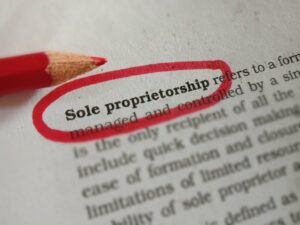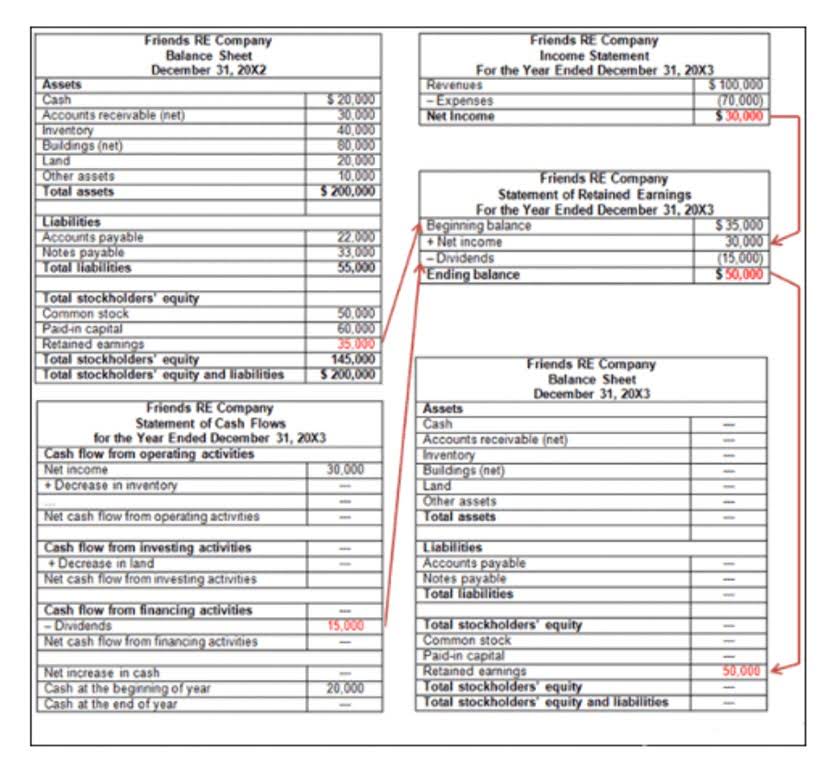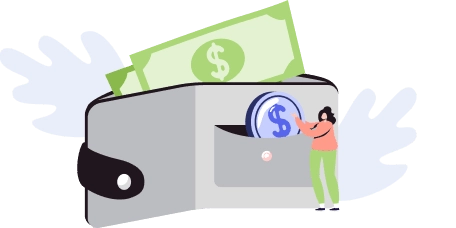Historical Cost Overview, Example, Accounting Adjustment

The cost principle also means that some valuable, non-tangible assets are not reported as assets on the balance sheet. The Cost Principle, also known as the Historical Cost Principle, is a fundamental accounting concept that stipulates that assets should be recorded at their original acquisition cost. According to this principle, the value of an asset on the balance sheet is based on its historical cost, that is, the actual amount paid to acquire the asset. the cost principle is used: This principle is a cornerstone of Generally Accepted Accounting Principles (GAAP) and International Financial Reporting Standards (IFRS). This concept is important when valuing a transaction for which the dollar value cannot be as clearly determined, as when using the cost principle. Conservatism states that if there is uncertainty in a potential financial estimate, a company should err on the side of caution and report the most conservative amount.

Cost Concept of Accounting: Definition
The cost principle means that a long-term asset purchased for the cash amount of $50,000 will be recorded at $50,000. If the same asset was purchased for a down payment of $20,000 and a formal promise to pay $30,000 within a reasonable period of time and with a reasonable interest rate, the asset will also be recorded at $50,000. The cost principle is a popular accounting method because it’s simple, straightforward and conservative. It lets businesses easily identify, verify and maintain expenses over time — without having to update the value of assets as often. On the other hand, if the same company invested $200,000 in Tesla stock in 2017, the value of that liquid investment should be updated to reflect its current value after each accounting period. This is because stock in a publicly traded company like Tesla is a highly liquid asset and a common exception to the cost principle.
Standard Costing
- While the cost principle seems advantageous, it may not be every business’s best method.
- It lets businesses easily identify, verify and maintain expenses over time — without having to update the value of assets as often.
- Cost accounting systems aim to work out the cost of producing goods and services soon on completion and not long after production.
- As an illustration of how the cost principle works, consider a small manufacturer that purchased a packing machine for $100,000 in 2018.
- A company may not record what it estimates or thinks the value of the asset is, only what is verifiable.
- This would mean that any uncertain or estimated expenses/losses should be recorded, but uncertain or estimated revenues/gains should not.
- It can be used when reporting on assets that have been held in anticipation of sale.
Nevertheless, the Cost Principle remains a widely accepted and used accounting principle due to its historical and verifiable nature. It ensures that financial statements provide a faithful representation of a company’s assets at the time of acquisition. It also allows for consistent treatment of assets and facilitates trend analysis and performance evaluation over time. As accounting standards evolve, addressing these concerns continues to shape the future of financial reporting. To elaborate on this concept, if an asset does not cost anything (i.e., no money is paid for its acquisition), it would not be recorded in the company’s books. The cost principle, also known as the historical cost principle, states that virtually everything the company owns or controls (assets) must be recorded at its value at the date of acquisition.

Historical Cost

As illustrated in this chapter, the starting point for either FASB or IASB in creating accounting standards, or principles, is the conceptual framework. Both FASB and IASB cover the same topics https://www.bookstime.com/ in their frameworks, and the two frameworks are similar. The conceptual framework helps in the standard-setting process by creating the foundation on which those standards should be based.
The cost principle offers consistency

All such information is provided solely for convenience purposes only and all users thereof should be guided accordingly. Cost accounting helps businesses understand where their money is being spent and how this expenditure affects their bottom line. It can be used to set pricing models, manage budgets, allocate resources more efficiently, identify areas of potential savings, and compare performance against competitors. Unit-wise details of costs, their components, and the accuracy of calculations and cost data, which are made available by the costing department, go a long way in helping to determine product and service prices.
- This requires an examination of each individual item of cost in the light of the services or benefits obtained, which ensures the maximum utilization of money expended or its recovery.
- This ensures your assets are based on their initial costs versus their market value over time.
- In the case where the value of an asset has been impaired, such as when a piece of machinery becomes obsolete, an impairment charge MUST be taken to bring the recorded value of the asset to its net realizable value.
- Be sure to check out our resource hub for everything finance and business related.
- Cost accounting data is typically used by internal stakeholders within a business such as managers and executives who are responsible for decision-making related to budget and resource allocation.
- However, it does not account for changes in market conditions, which can lead to significant discrepancies between the book value of an asset and its current market value.
- Cost-accounting methods and techniques will vary from firm to firm and can become quite complex.
For example, the return on assets (ROA) ratio might appear more favorable if the assets are undervalued, giving a skewed impression of efficiency. The Cost Principle, as a fundamental concept in accounting, plays a crucial role in financial reporting by requiring assets to be recorded at their original cost. It provides a reliable and objective basis for valuing assets and ensures consistency in financial statements. The Cost Principle can also lead to outdated information in financial statements. As assets are recorded at their original cost, the carrying value of those assets remains the same, even if their market value has significantly changed. This can result in a misleading representation of a company’s financial position, especially when market values of assets have significantly increased or decreased over time.
Be sure to check out our resource hub for everything finance and business related. New content is added all the time, so be sure to check it frequently. When using other methods of accounting, like fair market value, cost verifications can be harder to provide. If you’re trying to prove the value of an item or a cost using fair market value, substantial work is involved. This can include current value for similar items, inspection on the wear and tear, and a professional appreciation.
This allows for meaningful comparisons of financial statements across different periods, facilitating trend analysis and the assessment of a company’s financial performance. Some assets must be recorded on the balance sheet using fair value accounting or at their market price. These are typically short term assets located in the current asset portion of the balance sheet. Recording these assets at market price is important as it shows a more accurate value of what the company would receive if they were sold immediately.
How confident are you in your long term financial plan?
As the name implies, the value changes based on the current market conditions. It can be used when reporting on assets that have been held in anticipation of sale. Accrual accounting is widely used by businesses, as it provides a more accurate representation of financial information. It allows for better decision-making, as it reflects the economic reality of a company’s operations, even if cash transactions have not yet taken place.
The cost principle is an important part of financial reporting, as it encompasses the value of a business asset. By recording the cash value of an asset when it is acquired, you’ll understand its fixed value rather than mapping its worth over time. Being able to determine the value of an asset objectively is a consistent accounting method. It is also the easiest way to determine an asset’s value, making it widely accepted among accountants. Because asset values change constantly, using the cost principle can lack accuracy. When you don’t take those fluctuations into account, a business’s financial position is difficult to assess.